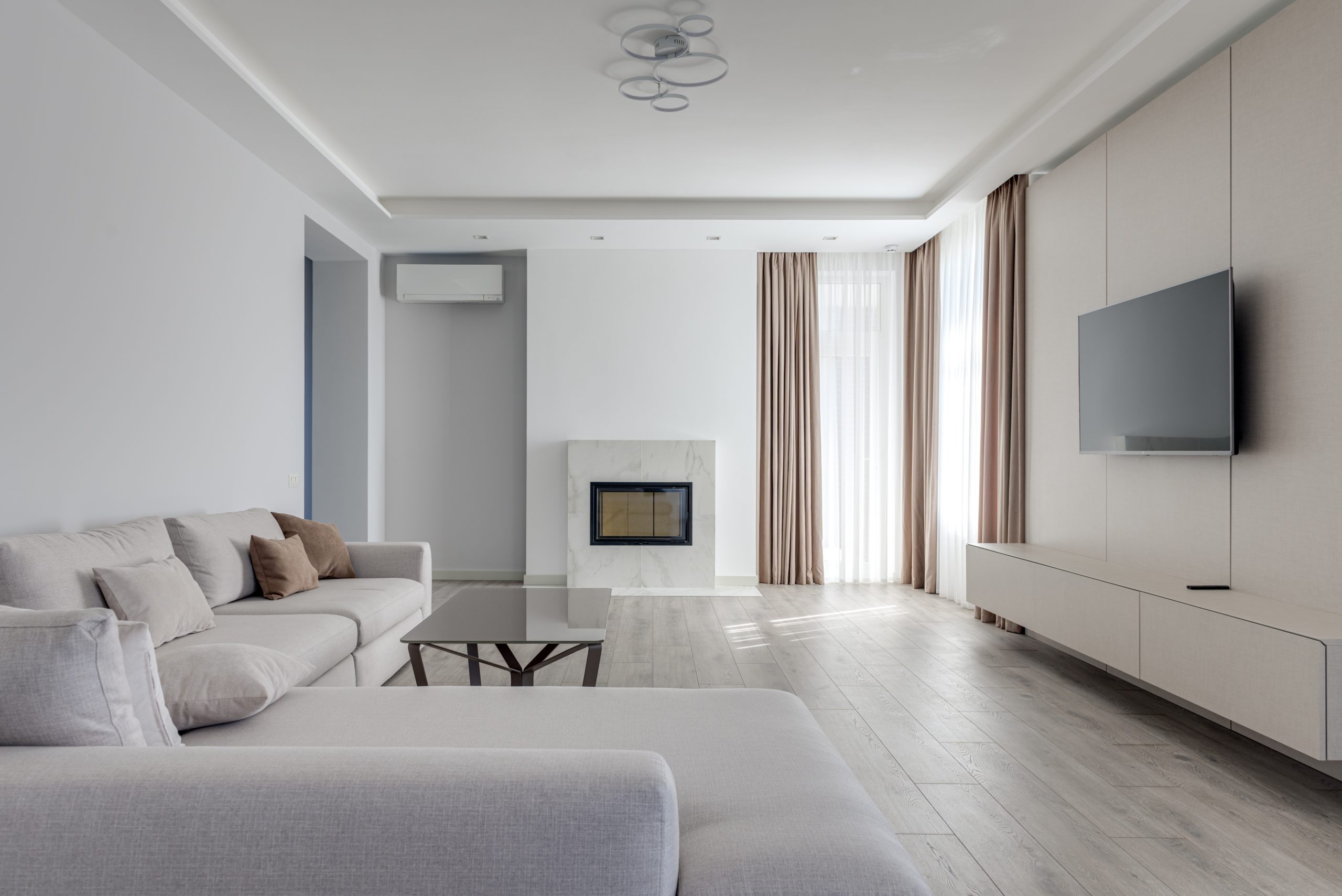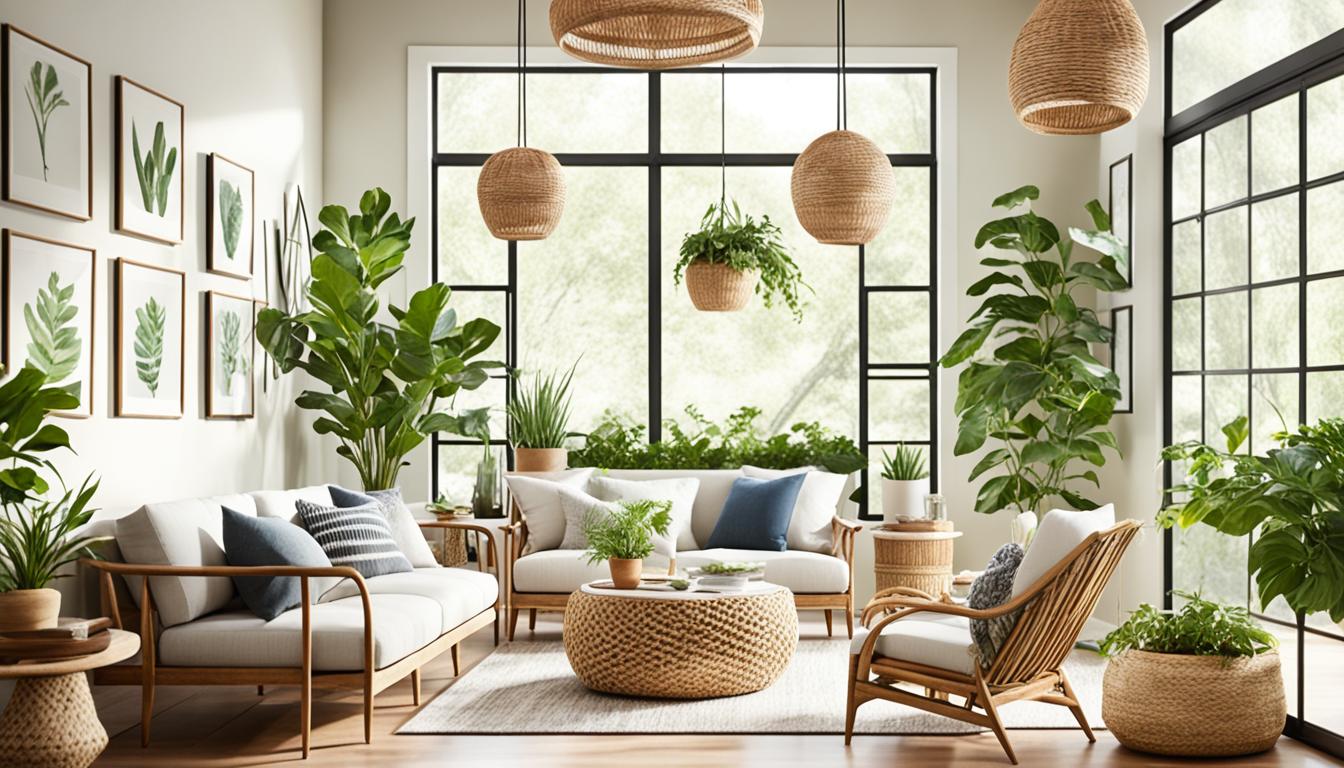Work with professionals in luxury interior design to craft a beautiful space.
Work with professionals in luxury interior design to craft a beautiful space.
Blog Article
Change Your Home With Essential Principles of Interior Design and Aesthetic Appeals
The art of changing your home via the crucial concepts of indoor layout and aesthetics requires a thoughtful approach that harmonizes color, balance, and spatial awareness. By understanding the impact of shade concept and the value of appearance and patterns, one can develop rooms that are not just visually appealing but also deeply individual. Attaining this stability entails greater than plain decor; it incorporates a critical setup and an eager understanding of exactly how each aspect engages within an area. As we check out these foundational concepts, consider how they might redefine your understanding of home and personal expression.
Recognizing Color Concept
Color theory is a basic element of interior layout that dramatically influences mood, understanding, and total aesthetic. Comprehending the concepts of shade concept allows developers to create areas that reverberate mentally with occupants while satisfying practical needs (Architecture Firm). Colors can be classified right into three key types: key, secondary, and tertiary. Each classification plays an essential function in developing harmony within a room.
The psychological effect of colors is profound; cozy shades such as reds and oranges stimulate energy and heat, while amazing tones like blues and environment-friendlies advertise calmness and serenity. Additionally, using complementary shades improves visual passion, developing striking contrasts that can raise an area's allure.
Neutral colors, on the other hand, function as a functional background, permitting various other style aspects to radiate. It is necessary to consider factors such as lighting and the room's function when choosing a color palette, as these can alter the perception of shades throughout the day.
Ultimately, a well-considered color pattern can transform a space, cultivating a feeling of convenience and design that lines up with the residents' preferences. Proficiency of shade theory is, therefore, a vital ability for any type of interior designer intending to develop unified and welcoming atmospheres.
Accomplishing Balance in Layout
Just how can designers accomplish a sense of equilibrium in their rooms? Accomplishing balance in layout is essential to producing harmonious insides. Developers can utilize 3 main kinds of equilibrium: in proportion, asymmetrical, and radial. Balanced equilibrium involves preparing elements evenly around a main point, cultivating a sense of order and tranquility. This kind often includes pairs of furnishings or artwork, boosting visual security.
Unbalanced balance, on the various other hand, relies on varying elements that still accomplish a natural look. This strategy allows for even more dynamic and informal setups, offering passion while maintaining balance. By carefully choosing varying sizes, shades, and textures, designers can develop a visually engaging space that really feels well balanced yet energetic.
Radial equilibrium emphasizes a central prime focus with components radiating outside. This design is generally seen in circular layouts, where furnishings and style produce a natural surround that attracts the eye inward.
Inevitably, attaining balance requires thoughtful consideration of scale, percentage, and the partnerships between elements. Architecture Firm. By masterfully using these equilibrium concepts, designers can transform spaces into environments that feel both aesthetically pleasing and functionally harmonious, improving the general experience for passengers
Value of Spatial Recognition

A keen sense of spatial understanding allows designers to recognize focal points within an area, directing the customer's focus to crucial attributes while preserving a general sense of unity. It also aids in the tactical placement of lights, which can considerably influence the perception of room and mood. Recognizing spatial partnerships allows the developer to cater to the certain needs of residents, making certain that each location serves its intended purpose without endangering appearances.
Eventually, spatial understanding is vital for taking full advantage of the capacity of any interior area. By thoroughly considering the interaction between dimensions, format, and function, designers can develop settings that not only fulfill useful requirements however additionally stimulate a sense of comfort and appeal, enhancing the overall living experience.
Incorporating Appearance and Patterns
Embracing a diverse series of textures and patterns can considerably boost the visual and responsive appeal of an interior space. The critical use numerous useful site products-- such as wood, metal, material, and rock-- develops depth and rate of interest, making an area feel extra inviting and dynamic. As an example, combining smooth surfaces with harsh structures can develop a balance that attracts the eye and involves the detects.
When integrating patterns, consider both range and repeating. Big patterns can function as centerpieces, while smaller sized, subtle styles can match various other aspects without frustrating the space. Layering patterns, such as pairing floral paddings with candy striped tosses, includes intricacy and this content a sense of consistency if performed attentively.
It is likewise important to preserve a natural shade palette, ensuring that appearances and patterns collaborate rather than contend for interest. By choosing a couple of vital textures and patterns, you can develop a linked visual that shows your personal style while boosting the total setting of the room. Eventually, the cautious consolidation of these aspects can transform a mundane area right into an innovative environment rich with character and heat.
Customizing Your Room
Creating an area that reflects your individuality is essential to attaining a really welcoming environment. Personalization in interior decoration allows you to instill your distinct style and passions right into your home, transforming it from a plain sanctuary right into a sanctuary that talks with that you are. Begin by choosing a shade scheme that reverberates with your emotions-- vibrant tones can stimulate, while soft tones provide harmony.
Integrate artwork and decor that show your enthusiasms, whether it be traveling, nature, or abstract principles. Showing personal collections, such as books, pictures, or mementos, can stimulate treasured memories and create focal factors within an area. Additionally, consider tailoring useful pieces, like upholstered furnishings, to line up with your visual choices.

Verdict
In verdict, the improvement of a home through the crucial concepts of indoor layout and aesthetic appeal requires a detailed understanding of shade theory, equilibrium, spatial recognition, appearance, and personalization. Each element adds dramatically to Home Page developing an unified and practical living setting - interior design firms. By attentively integrating these concepts, individuals can improve the visual allure and emotional vibration of their spaces, inevitably cultivating a home that reflects special identities while providing comfort and functionality
Report this page